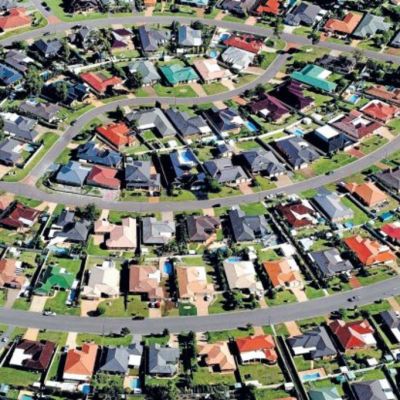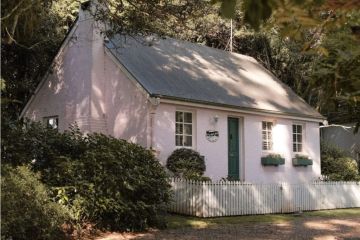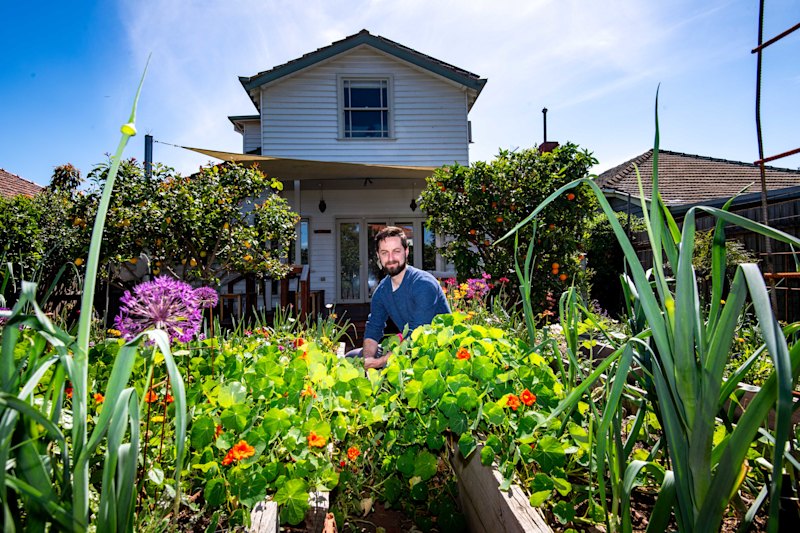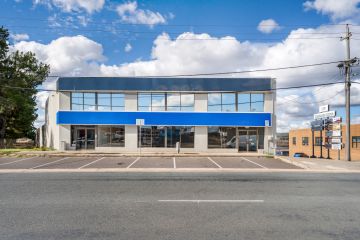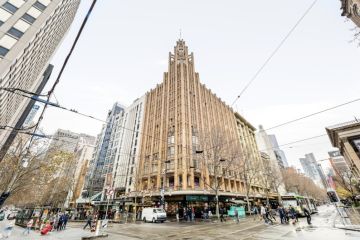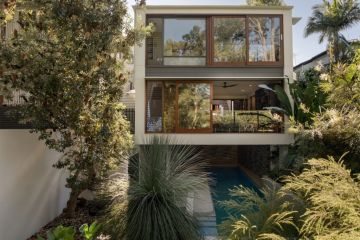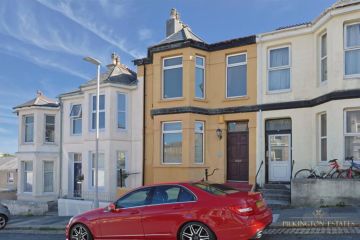Three graphs that show the struggle is real for first home buyers in Sydney and Melbourne
Young people, it’s officially time to acknowledge the noughties were pretty great. Not for any real cultural significance, and certainly not for the fashion, but because it was the last time first home buyers had a good chance of buying property in Sydney and — for the most part — in Melbourne.
Since 2009, that first rung on the property ladder in Australia’s two largest cities has been moving further away, and now it appears the ladder has practically been pushed over.
Although the decade had its ups and downs for prospective buyers — the number of them tracked in line with the natural rise and fall of the property price cycle — things were not nearly as bleak as they are now.
Young people have been told a penchant for bunch is partly to blame and have been gifted golden advice to tackle rising prices — such as getting a good job — but the sheer drop-out rate of first home buyers from the market speaks for itself.
On several metrics, first timers in Sydney and Melbourne have decidedly dwindled since Kevin Rudd was doling out first homebuyer grants to boost the economy back in 2008 and 2009.
Back then, a record number of first homebuyers rushed into the housing market to take advantage of the $14,000 grant for existing dwellings and $21,000 for new homes.
But for those who missed out, it was even worse: prices surged in response to the demand and the next crop of would-be homeowners was left to deal with those higher prices.
“What you got was the hangover after the party,” Domain Group chief economist Andrew Wilson says. “Not just the loss of grant for those coming afterward … but prices had been pushed up, and particularly in those areas that were fertile for first homebuyers.”
And though that hangover has since worn off, something else has become a headache: prices have started to rise again.
“What we’re seeing now is a different energy, since interest rates started to fall,” Dr Wilson says.
And that’s not to mention stagnant wage growth and rising rents for those left behind, trying to save a deposit, he says.
The number of loans first-timers are taking out has nosedived since 2011 in Sydney; in Melbourne, it’s been fairly stable but that’s against a huge boom in population and an increase in buyer numbers more generally.
Another figure that’s taken a dive since 2011 is the proportion of first homebuyers compared to other buyers, such as investors and those already in the market.
It’s a situation that’s far worse for Sydneysiders than Melburnians, although both are tracking below the long-term average.
“The horse has bolted in Sydney,” Dr Wilson says. “We will never see those numbers of first homebuyer numbers again.”
That brings us to the third, and perhaps most alarming metric.
Dr Wilson has created a “price gap index” based on the average first homebuyer loan compared to the median dwelling price in the city. Using 80 per cent loans as a yardstick (with a 20 per cent deposit), Dr Wilson built a measure to track the difference between what first-timers could actually afford and where prices were tracking.
And, not surprisingly, the gap has been widening dramatically since 2010 in Sydney and 2012 in Melbourne.
The solution to close the gap? A serious drop in house prices.
“We’ve got a lot discussion from politicians trying to address this, but what we need is for prices to start to level off,” Dr Wilson says.
The index showed prices would need to fall about 10 per cent in Melbourne and 20 to 30 per cent in Sydney to bring first homebuyers back in any real way — but don’t hold your breath.
“We’ve had very few price falls over the past twenty last years, so in other words, it’s not going to happen.”
We recommend
We thought you might like
States
Capital Cities
Capital Cities - Rentals
Popular Areas
Allhomes
More

